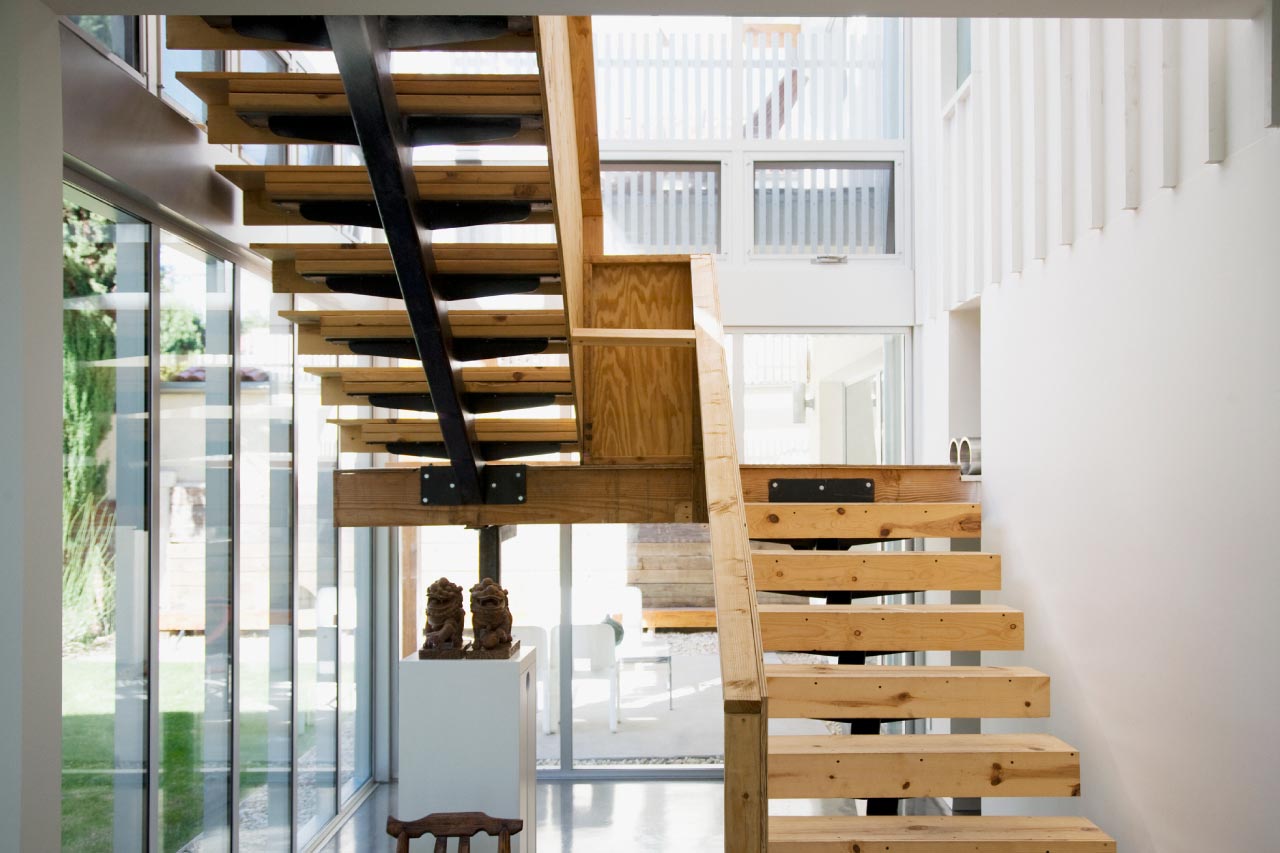

Articles
How Much Does It Cost To Remodel Stairs
Modified: August 21, 2024
Find out the cost of remodeling stairs with our informative articles. Get expert tips and estimates for your stair renovation project.
(Many of the links in this article redirect to a specific reviewed product. Your purchase of these products through affiliate links helps to generate commission for Storables.com, at no extra cost. Learn more)
Introduction
Remodeling your stairs can completely transform the look and feel of your home. Whether you’re looking to update the outdated design, enhance the safety features, or simply give your stairs a fresh new look, stair remodeling can make a significant impact on the overall aesthetic and functionality of your space.
However, before diving into a stair remodeling project, it’s important to have a clear understanding of the costs involved. Stair remodeling costs can vary greatly depending on several factors, including the scope of the project, the materials used, and whether you hire a professional or opt for a DIY approach.
In this article, we will explore the factors that affect the cost of stair remodeling, provide an overview of average costs for different stair remodeling projects, and offer tips for saving money along the way.
So, if you’ve been contemplating a stair remodeling project but aren’t sure how much it will cost, buckle up and join us as we explore the world of stair remodeling and discover how you can achieve a stunning staircase within your budget.
Key Takeaways:
- Stair remodeling costs vary based on factors like materials, labor, and project scope. Understanding these factors and exploring cost-saving strategies can help you achieve a stunning staircase within your budget.
- Whether hiring professionals or opting for a DIY approach, prioritize safety, quality, and functionality in your stair remodeling project. Thorough planning, research, and understanding of costs are essential for a successful outcome.
Read more: How Much Does It Cost To Refinish Stairs
Factors Affecting the Cost of Stair Remodeling
Several factors can influence the cost of a stair remodeling project. Understanding these factors will help you plan your budget and make informed decisions throughout the process. Here are some key factors that can affect the cost of stair remodeling:
- Scope of the Project: The complexity and extent of your stair remodeling project will have a significant impact on the cost. For example, replacing the treads and risers may be less expensive than completely reconfiguring the staircase layout or adding intricate handrails and balustrades.
- Materials: The choice of materials can greatly influence the cost of stair remodeling. Hardwood such as oak or maple tends to be more expensive than softwood, while exotic woods can further increase costs. Additionally, the type of handrail, balusters, and other components you choose can also impact the overall cost.
- Design Complexity: Intricate stair designs, such as spiral or curved stairs, can be more expensive due to the additional labor and craftsmanship required. Custom designs or unique architectural features will also contribute to the overall cost of the project.
- Labor Costs: Hiring a professional contractor or carpenter to remodel your stairs will add to the overall cost. Labor costs can vary based on geographic location, the level of experience of the contractor, and the complexity of the project. DIY projects can save on labor costs but may require more time and effort on your part.
- Additional Features: Adding extra features like lighting, non-slip treads, or storage options will increase the cost of the project. These additional features can enhance the functionality and aesthetics of your stairs but may require additional expenses.
- Permits and Codes: Depending on your location, you may need to obtain permits and adhere to building codes for stair remodeling projects. Permit costs and any necessary modifications to meet code requirements can impact the overall project cost.
By considering these factors and understanding their influence on the cost, you can better plan and budget for your stair remodeling project. It’s important to take into account your preferences, needs, and budget to make the best decisions for your home.
Materials and Labor Costs
The materials you choose for your stair remodeling project will have a significant impact on the overall cost. Additionally, the labor involved in the installation and construction process will also contribute to the total expenses. Let’s take a closer look at materials and labor costs when it comes to stair remodeling:
Materials:
When it comes to stair remodeling, there are various materials to consider, each with its own price range. Here are some commonly used materials and their approximate costs:
- Wood: Hardwood such as oak, maple, or cherry is a popular choice for stair treads and risers. Depending on the type of wood and quality, the cost can range from $20 to $100 per step.
- Laminate: Laminate is a cost-effective alternative to hardwood. It can mimic the look of wood while offering durability and affordability. The cost for laminate treads and risers can range from $10 to $50 per step.
- Carpet: Carpeting your stairs is another option that adds comfort and warmth. The cost of carpet materials for stair treads can range from $15 to $40 per step.
- Metal: Metal staircases are popular for their modern and industrial look. The cost of metal stairs can vary based on the type of metal used, the design complexity, and whether it’s pre-fabricated or custom-made. Prices typically range from $100 to $500 per step.
- Glass: Glass staircases are known for their sleek and contemporary appearance. The cost of glass stairs can vary depending on the thickness and type of glass, as well as the supporting structure. Prices range from $200 to $800 per step.
Labor Costs:
The labor costs for stair remodeling can vary depending on the complexity of the project, location, and contractor’s experience. On average, you can expect to pay between $50 and $100 per hour for professional labor. The total labor cost will depend on the size of the project and the time it takes to complete.
It’s important to obtain quotes from multiple contractors and compare their prices and expertise. Keep in mind that while DIY may save on labor costs, it requires a certain level of skill, time, and effort to ensure a successful and safe stair remodel.
By considering the materials and labor costs associated with stair remodeling, you can better estimate the overall budget required for your project. Keep in mind that these costs are approximate and can vary based on your specific requirements and location.
Average Cost of Different Stair Remodeling Projects
The cost of stair remodeling can vary greatly depending on the specific project and the desired outcome. To give you a better idea of the average costs associated with different stair remodeling projects, let’s explore a few common scenarios:
1. Staircase Refinishing:
If your existing stairs are in good condition but need a facelift, refinishing them can be a cost-effective option. This involves sanding down the existing treads, applying a new finish, and possibly adding a fresh coat of paint. On average, the cost for staircase refinishing ranges from $500 to $1,500, depending on the size and complexity of the stairs.
2. Staircase Carpeting:
Adding carpet to your stairs can provide a soft and comfortable surface while enhancing the aesthetic appeal. The cost of carpeting stairs typically ranges from $800 to $2,500, including both materials and labor.
3. Staircase Railing Replacement:
Replacing the existing railing can have a dramatic impact on the overall look and safety of your stairs. The cost for railing replacement varies depending on the materials used, design complexity, and length of the staircase. On average, you can expect to spend between $1,500 and $5,000 for a full staircase railing replacement.
4. Staircase Tread and Riser Replacement:
Updating the treads and risers is a common stair remodeling project to refresh the look of your stairs. The cost for replacing treads and risers depends on the material chosen, the number of steps in your staircase, and the complexity of the design. On average, you can expect to spend between $1,000 and $4,000 for this project.
5. Complete Staircase Remodel:
A full staircase remodel involves completely changing the structure, materials, and design of your stairs. This can include replacing treads, risers, railings, balusters, and even the entire staircase layout. The cost for a complete staircase remodel can vary significantly based on the scope of the project and the materials chosen. On average, prices range from $5,000 to $15,000 or more, depending on the complexity and customization involved.
These average costs are meant to provide a general idea of what you can expect to pay for different stair remodeling projects. However, keep in mind that prices can vary based on factors such as your location, the specific materials and finishes chosen, and any additional features or modifications you require.
It’s always a good idea to request quotes from multiple contractors and discuss your specific needs and budget to get an accurate estimate for your stair remodeling project.
Consider the materials and labor costs involved in remodeling stairs, such as the type of wood or metal used for the steps and railing, as well as the complexity of the design. Additionally, factor in any additional costs for permits and professional installation.
Cost Breakdown for Stair Remodeling
When planning a stair remodeling project, it’s essential to have a clear cost breakdown to understand where your budget will be allocated. While the final cost will depend on various factors, here is a general breakdown of expenses associated with stair remodeling:
- Material Costs: The cost of materials will typically make up a significant portion of your budget. This includes the cost of treads, risers, handrails, balusters, newel posts, and any other components required for your staircase design. Material costs will vary depending on the type, quality, and quantity of materials selected.
- Labor Costs: The labor costs for stair remodeling can vary depending on the complexity of the project, location, and contractor rates. This includes the installation, construction, and any modifications needed to achieve your desired design. It’s important to get quotes from multiple contractors and ensure they include all necessary labor fees.
- Permit Costs: In some cases, you may need to acquire permits for stair remodeling projects, depending on your location and the scope of the project. Permit costs can vary, so it’s essential to check with your local building authority to determine the requirements and associated fees.
- Additional Features: If you choose to add extra features to your stairs, such as lighting, non-slip treads, or storage solutions, these will contribute to the overall cost. These additional features enhance the functionality and aesthetics of your stairs but can add additional expenses.
- Finishing and Accessories: To complete the stair remodeling project, you may need to consider finishing, such as painting or staining, and the cost of any accessories like brackets, connectors, or fasteners. These finishing touches add the final touches to your staircase but should be accounted for in the budget.
It’s important to note that the cost breakdown can vary based on the specific requirements of your stair remodeling project. Cutting costs in certain areas, such as selecting more affordable materials or opting for a DIY approach, can help you stay within your budget. However, it’s crucial to balance cost savings with quality and safety considerations.
When planning your stair remodeling project, it’s recommended to create a detailed budget that includes estimates for each cost category. This will give you a better understanding of how much you can expect to spend and help you make informed decisions as you move forward with your project.
Remember, it’s always a good idea to consult with professionals and gather multiple quotes to ensure you have an accurate cost breakdown specific to your unique stair remodeling needs.
Read more: How Much Does It Cost To Remodel A Basement
Tips for Saving Money on Stair Remodeling
Stair remodeling projects can sometimes be a significant investment, but there are several ways to save money without compromising on quality or aesthetics. Here are some tips to help you save money on your stair remodeling project:
- Plan and Research: Take the time to plan your project thoroughly and do thorough research. This will help you understand the costs involved, compare prices, and identify potential savings opportunities.
- Explore Different Materials: Consider different materials for your stair remodeling project. Some materials, such as laminate or carpet, can be more affordable than hardwood or metal options. Look for high-quality and durable materials within your budget to achieve the desired result.
- Reuse and Refurbish: If possible, try to work with the existing framework and components of your stairs. Refinishing or repainting the existing treads, risers, or handrails can give them a fresh look without the need for complete replacement.
- DIY vs. Hiring Professionals: Assess your DIY skills and determine if you can tackle certain aspects of the project yourself. This can help save on labor costs, but be realistic about your capabilities and consult professionals for complex tasks or structural changes to ensure safety and quality.
- Get Multiple Quotes: Obtain quotes from multiple contractors or suppliers to compare prices and find the best deal. Be sure to review the inclusions and exclusions in each quote to avoid unexpected costs later on.
- Shop Around for Materials: Compare prices and shop around for the best deals on materials. Look for sales or discounts at local suppliers or consider online marketplaces for competitive prices. Don’t forget to factor in shipping costs when purchasing materials online.
- Consider Pre-Fabricated Options: Pre-fabricated stair components or kits can be more cost-effective than custom-made options. These ready-to-assemble solutions can save you money on both materials and labor.
- Prioritize Essential Features: Identify the essential features or design elements that are must-haves for your staircase. By focusing on these elements, you can allocate your budget accordingly and potentially cut costs on less essential features.
- Timing and Negotiation: Consider the timing of your project and negotiate prices with suppliers and contractors. Off-peak seasons or slower periods may offer more favorable pricing or room for negotiation.
- Maintain a Realistic Budget: Establish a realistic budget and stick to it. Be mindful of any unexpected expenses that may arise during the project and allocate a contingency fund to account for any unforeseen costs.
By implementing these money-saving tips, you can make your stair remodeling project more affordable while still achieving the desired outcome. Balancing cost savings with quality and safety is key, so always prioritize materials and workmanship that meet your standards and ensure the long-term durability of your stairs.
Remember to consult with professionals and seek their advice throughout the process to ensure a successful stair remodeling project within your budget.
Hiring Professionals vs. DIY Stair Remodeling
When it comes to stair remodeling, one of the key decisions you’ll need to make is whether to hire professionals or take on the project as a DIY endeavor. Each approach has its own advantages and considerations. Let’s explore the pros and cons of hiring professionals versus DIY stair remodeling:
Hiring Professionals:
1. Expertise and Experience: Professional contractors have the knowledge, skills, and experience to handle various aspects of stair remodeling. They are familiar with building codes, safety regulations, and best practices. Their expertise ensures high-quality workmanship and a smoother, more efficient project.
2. Time and Efficiency: Hiring professionals can save you time and effort, as they will handle all aspects of the remodeling process. They have the necessary tools, equipment, and manpower to complete the project efficiently. This is particularly beneficial for complex or large-scale projects.
3. Access to Resources: Professionals have access to a wide range of resources, including materials, suppliers, and subcontractors. They can help you find the best deals on materials, navigate any complications that may arise, and ensure the overall success of your stair remodeling project.
4. Warranty and Insurance: Reputable contractors typically offer warranties on their work, providing you with reassurance and protection in case of any issues. They also carry liability insurance, which safeguards you from financial liability in the event of accidents or property damage during the construction process.
5. Complex Projects and Structural Changes: If your stair remodeling project involves complex designs, structural changes, or architectural modifications, hiring professionals is highly recommended. They have the expertise to handle these intricate details and ensure they are executed accurately and safely.
DIY Stair Remodeling:
1. Cost Savings: One of the biggest advantages of DIY stair remodeling is cost savings. By taking on the project yourself, you can cut labor costs and potentially find more affordable material options. However, keep in mind that you may still incur costs for tools, equipment, and materials.
2. Sense of Accomplishment: DIY projects can be rewarding, providing a sense of accomplishment and personal satisfaction. If you enjoy working with your hands and have basic DIY skills, tackling a stair remodeling project can be a fulfilling experience.
3. Flexibility and Control: Doing the remodeling yourself allows you to have full control over the design and timeline of the project. You can make adjustments and modifications as you go and work at your own pace.
4. Learning Opportunity: DIY stair remodeling can be a learning experience, allowing you to gain new skills and knowledge about construction and design. It can also provide insights into your home’s structure and systems.
However, before embarking on a DIY stair remodeling project, consider the following:
– Assess your skills and capabilities. Do you have the necessary knowledge and experience to complete the project successfully?
– Research building codes and safety regulations to ensure compliance.
– Be prepared for potential challenges and setbacks that may arise during the project.
– Take the time to plan and gather the necessary tools, equipment, and materials.
– Understand the limitations of your DIY approach and don’t hesitate to consult professionals for advice or assistance when needed.
Ultimately, the decision between hiring professionals or DIY stair remodeling depends on your budget, skill level, and the complexity of the project. Evaluating these factors and weighing the pros and cons will help you make an informed decision that aligns with your goals and resources.
Conclusion
Stair remodeling can breathe new life into your home, adding style, safety, and functionality to your staircase. However, understanding the cost factors and making informed decisions are crucial for a successful project. By considering the various factors that affect the cost of stair remodeling, such as the scope of the project, materials, labor, and additional features, you can effectively plan your budget and ensure a smooth renovation process.
Throughout this article, we explored the average costs for different stair remodeling projects, providing you with a general idea of what to expect. However, keep in mind that these costs are approximate and can vary based on your specific requirements, location, and materials chosen.
We also discussed tips for saving money on stair remodeling, including planning and research, exploring different materials, considering DIY options, shopping for the best deals, and bargaining with suppliers and contractors. These cost-saving strategies can help you achieve your desired outcome within a budget that works for you.
When it comes to the actual execution of the stair remodeling project, you have the choice of hiring professionals or taking a DIY approach. Hiring professionals brings their expertise, efficiency, and access to resources, while DIY allows for cost savings and a sense of achievement. Assess your skills and the complexity of the project to determine which option is right for you.
Remember, regardless of whether you hire professionals or choose the DIY route, it’s important to prioritize safety, quality, and functionality in your stair remodeling project. Be sure to comply with building codes, seek advice from professionals when needed, and take the time to plan and research to achieve the best results.
With careful planning, thorough research, and a clear understanding of the costs and options available, you can embark on a stair remodeling project that enhances the beauty and value of your home. Whether you’re refinishing existing stairs, updating handrails and balusters, or completely transforming the look of your staircase, a well-executed stair remodeling project will leave you with a stunning and functional centerpiece for your home.
Frequently Asked Questions about How Much Does It Cost To Remodel Stairs
Was this page helpful?
At Storables.com, we guarantee accurate and reliable information. Our content, validated by Expert Board Contributors, is crafted following stringent Editorial Policies. We're committed to providing you with well-researched, expert-backed insights for all your informational needs.
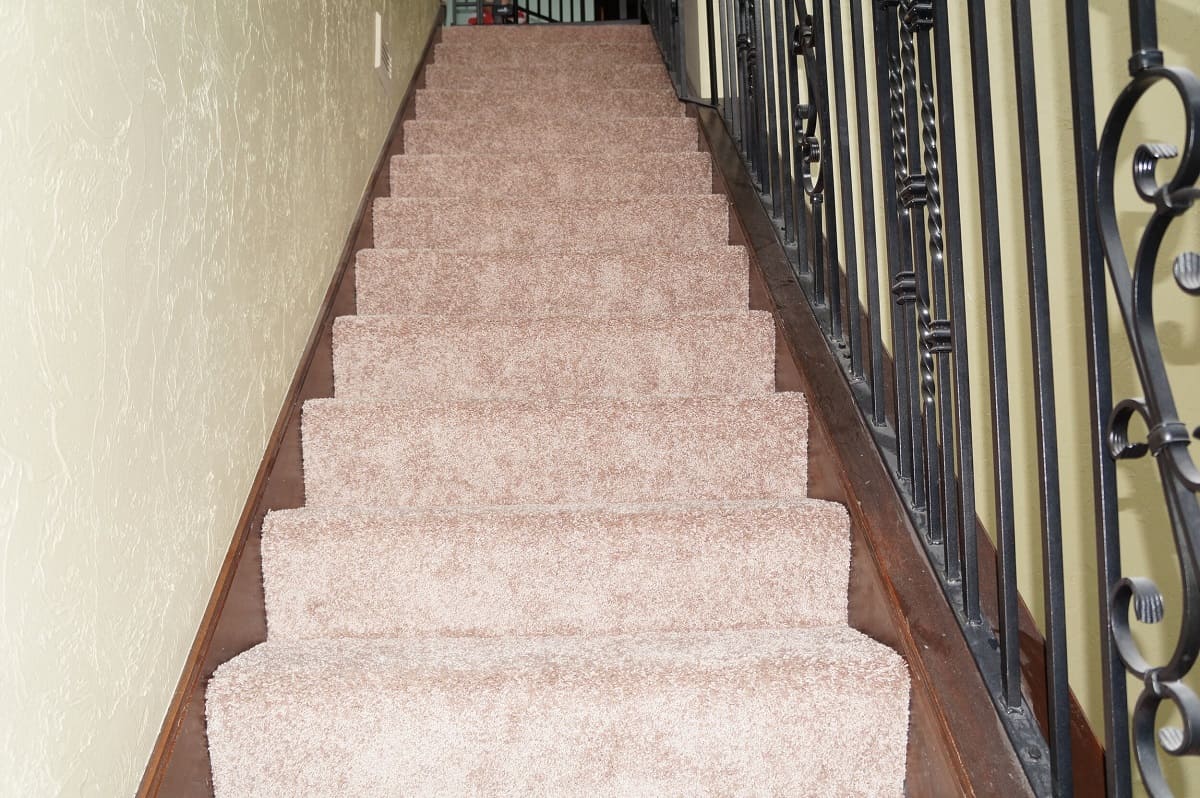
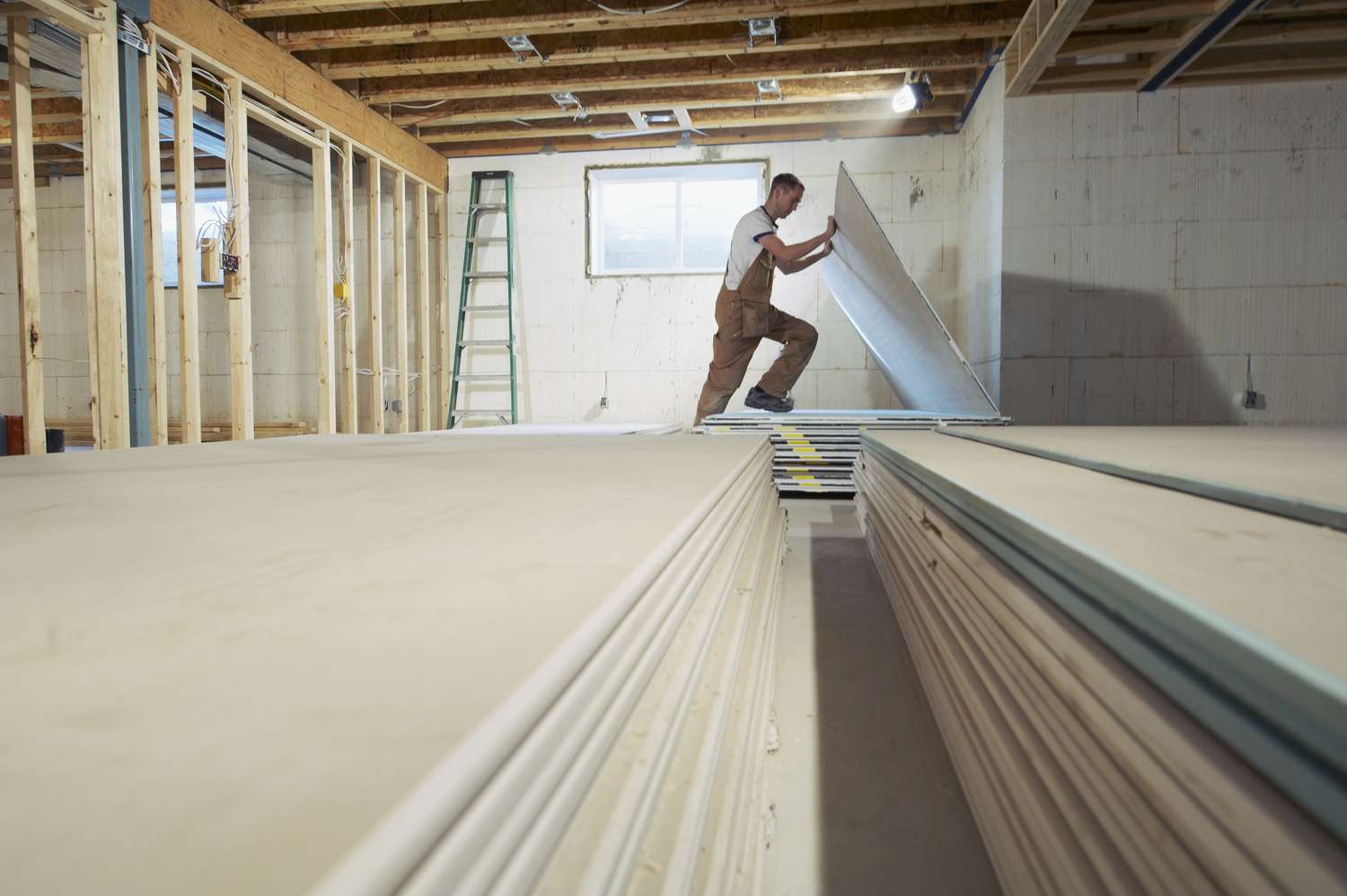
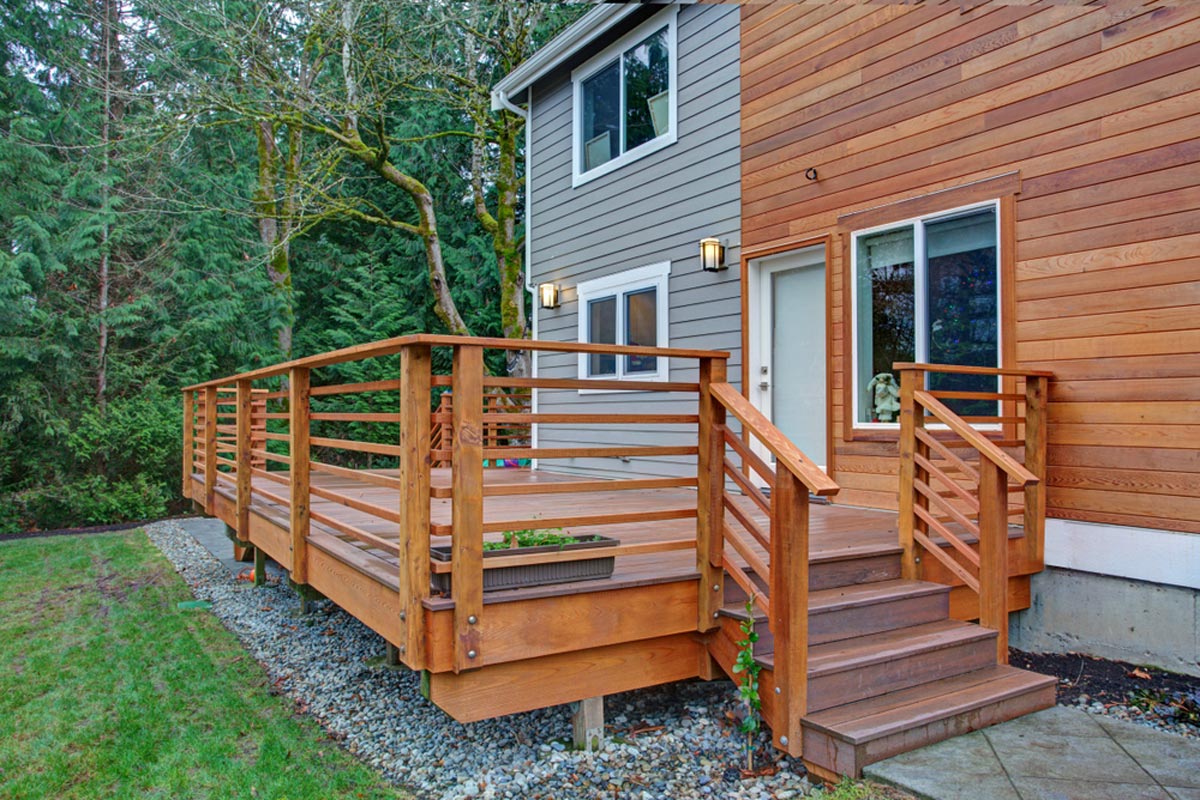
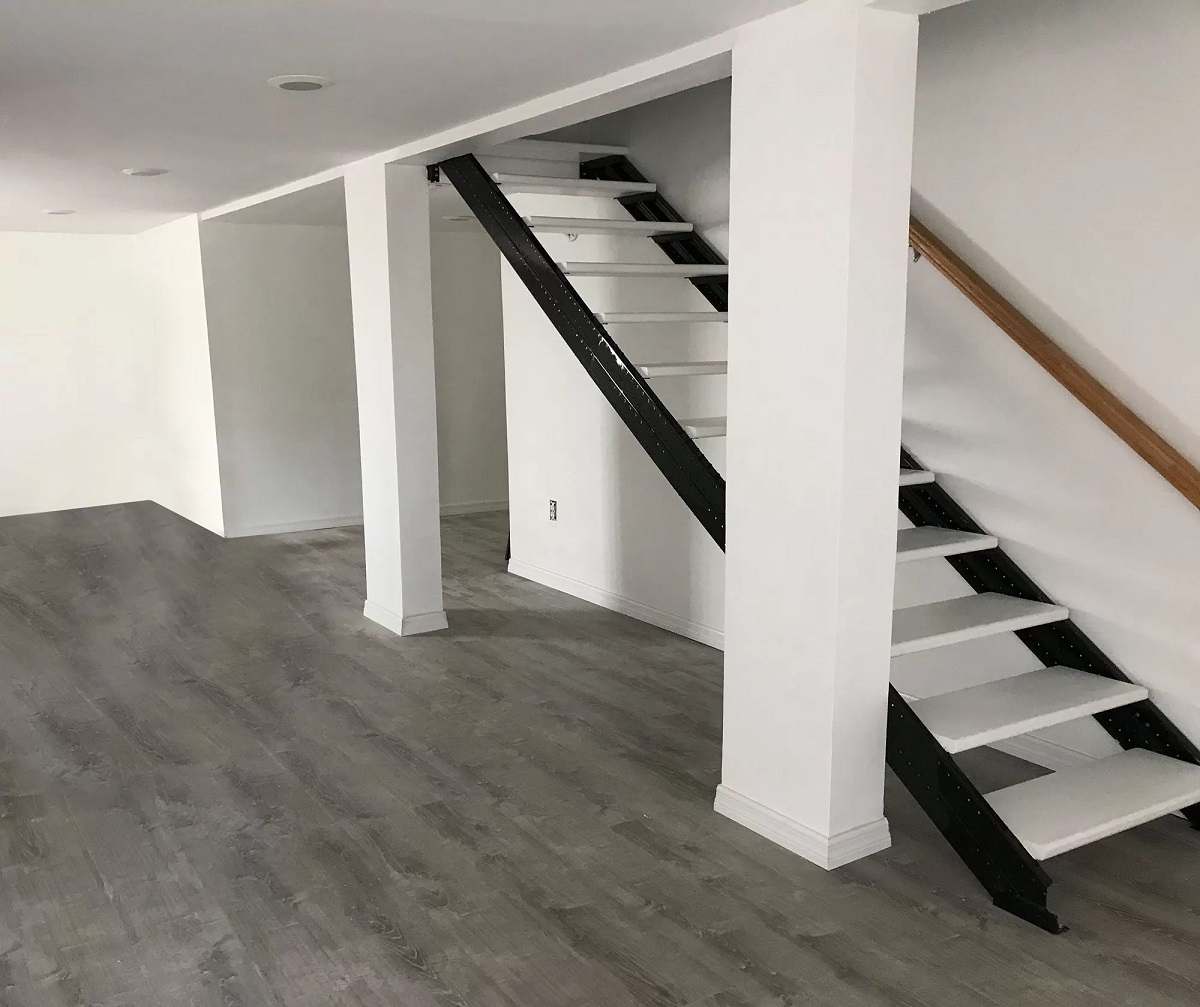
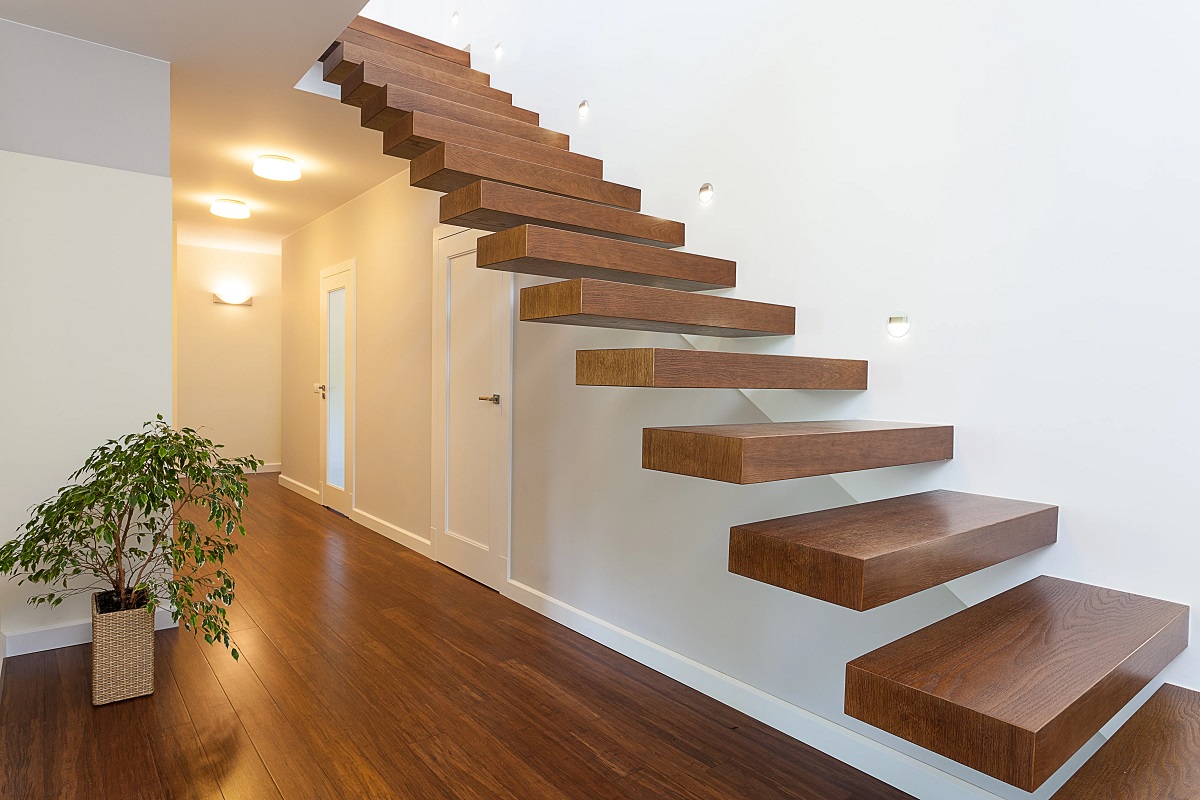
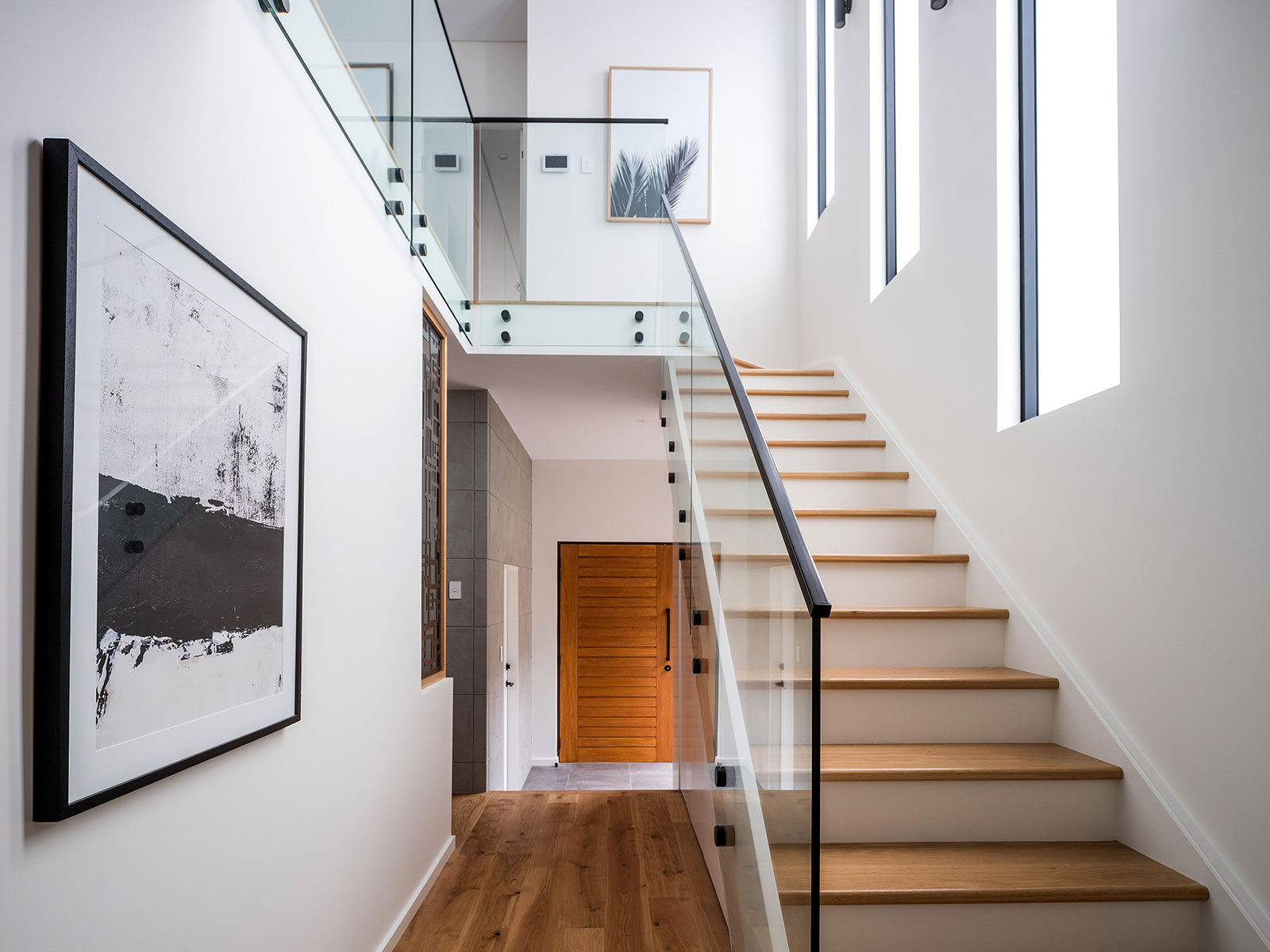





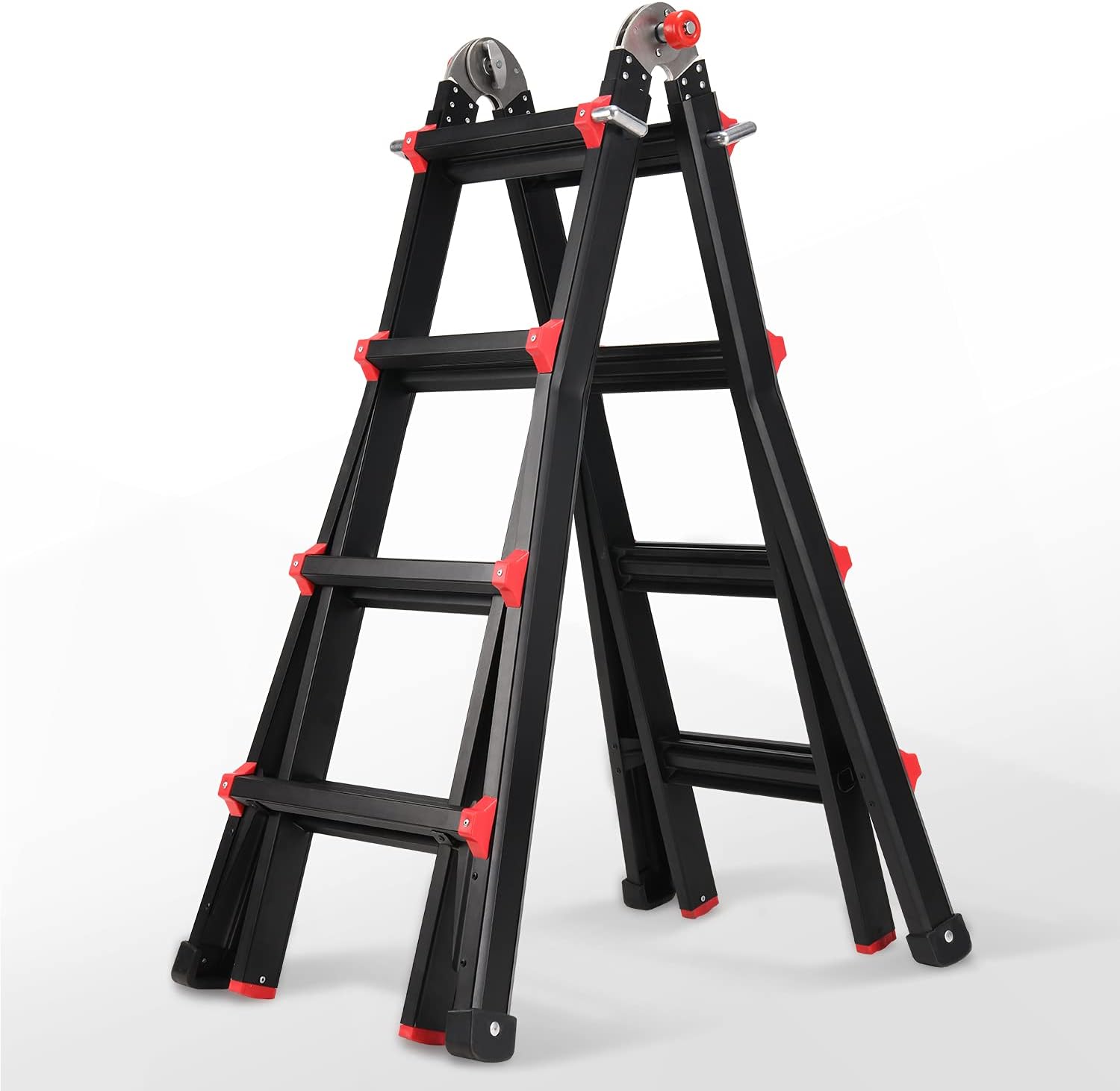
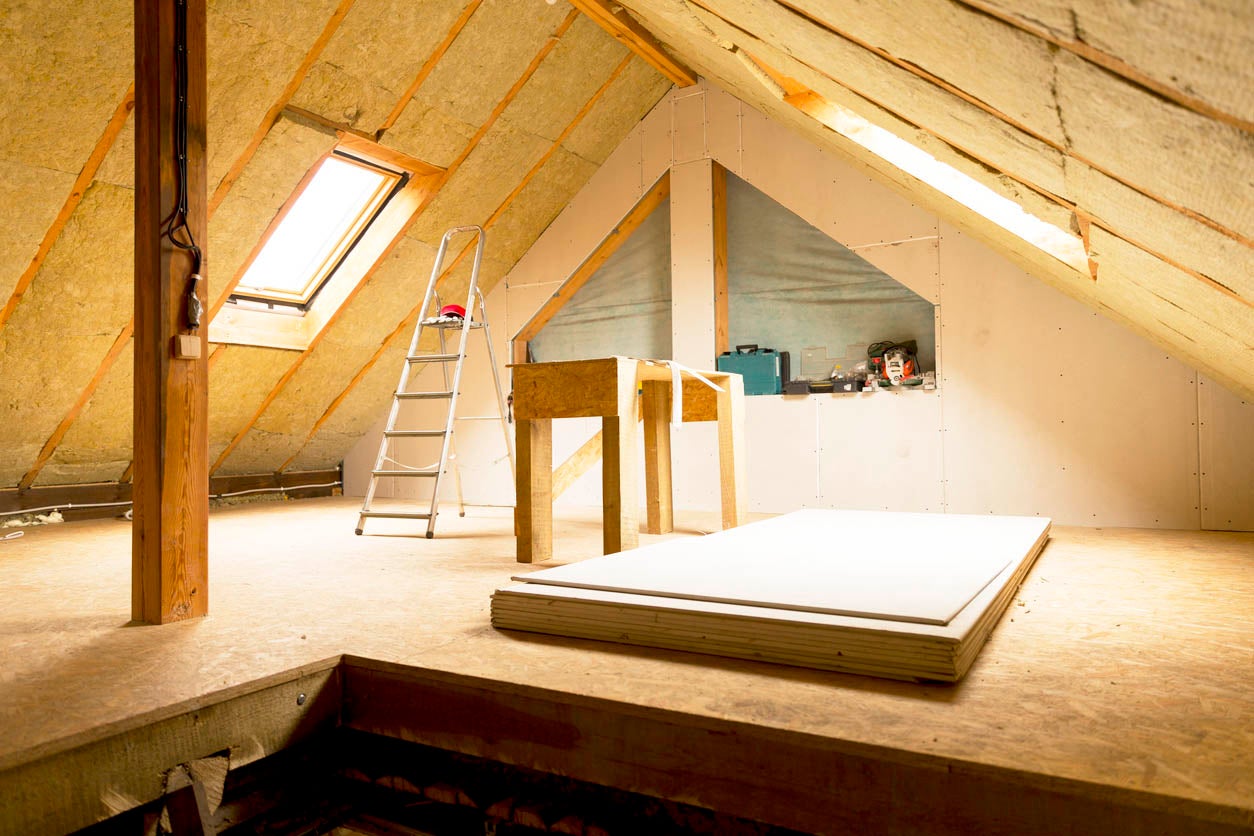


0 thoughts on “How Much Does It Cost To Remodel Stairs”